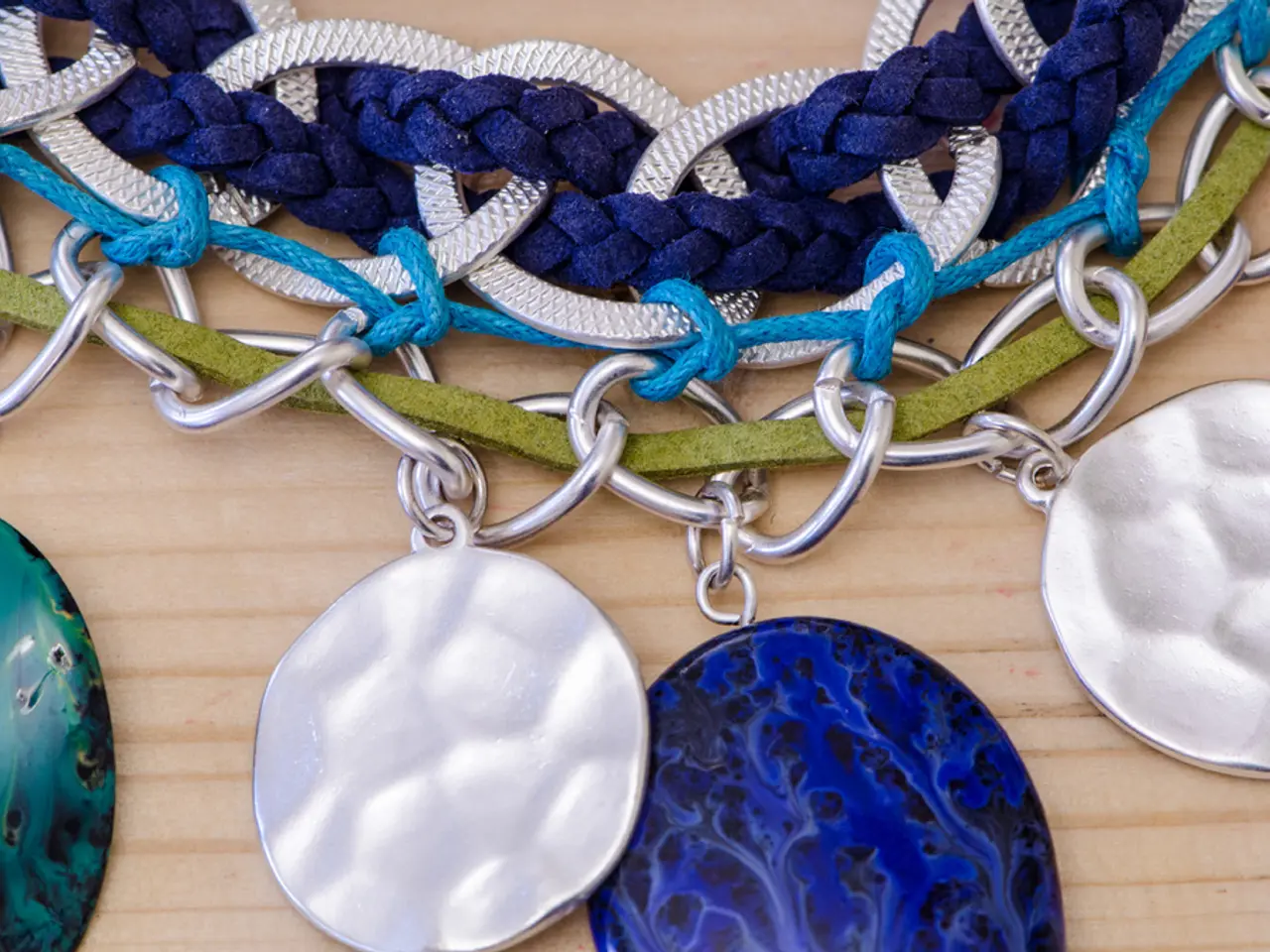Real Estate Dilemma: Expanding into Property Staging or Remaining Commitment to Interior Design?
In the ever-evolving world of home design, interior designers are increasingly considering the addition of real estate staging services to their repertoire. This strategic move can bring a host of benefits, but it also presents some challenges that designers should be aware of.
Real estate staging and interior design, while sharing a common interest in aesthetics and design, differ significantly in their purpose and approach. Real estate staging is a temporary, strategic process aimed at making a property appealing to a broad range of potential buyers. It focuses on depersonalizing and decluttering the space, using neutral decor and furniture to help buyers envision themselves living there, ultimately to facilitate a quicker sale at a higher price.
On the other hand, interior design is a personalized and permanent service that tailors a home's layout, decor, and style to fit the homeowner’s tastes, lifestyle, and functional needs. It reflects personal taste rather than neutrality.
The pros of expanding an interior design business to include real estate staging are numerous. Adding staging services can attract a wider client base, including real estate agents and homeowners looking to sell quickly. Faster project turnaround times, synergy in services, market demand, and the potential for cross-selling opportunities are other significant advantages.
However, there are also cons to consider. Staging requires a focus on neutral, trend-sensitive designs that appeal to many, unlike personalized interior design. This may necessitate training or new hires. Additionally, staging often involves owning or renting furniture and decor pieces, which can be costly to acquire and maintain. Marketing a dual service business also requires clear messaging to differentiate between staging and design offerings, which can challenge branding.
Before committing to staging, it's recommended to test the waters by offering a few small staging projects or consultations to see if it aligns with a designer's strengths and business goals. A hybrid approach, such as offering staging consultations or partnering with staging companies, can help designers test the waters without a major business overhaul.
In summary, while both disciplines involve design and aesthetics, real estate staging is focused on maximizing home marketability through neutral, buyer-friendly presentation, whereas interior design is geared toward personalized, long-term living spaces. Expanding into staging can bring growth opportunities for an interior design firm but also requires investment in new skills, inventory, and marketing strategies to balance both distinct services effectively.
[1] [Interior Design vs. Staging: What's the Difference?](https://www.hgtv.com/design/decorating/real-estate-staging/interior-design-vs-staging-whats-the-difference) [2] [The Pros and Cons of Real Estate Staging for Your Business](https://www.forbes.com/sites/forbesrealestatecouncil/2019/08/27/the-pros-and-cons-of-real-estate-staging-for-your-business/?sh=75e8154d5e5e) [3] [The Benefits and Drawbacks of Staging a Home for Sale](https://www.realtor.com/advice/sell/staging-pros-and-cons/) [4] [Real Estate Staging: Is it Worth the Investment?](https://www.houselogic.com/home-advice/sell/real-estate-staging-worth-investment/)
- Incorporating real estate staging services into a design business can help attract a broader client base, including real estate agents and homeowners looking to sell quickly, potentially boosting business growth.
- However, the shift towards staging requires a focus on neutral, trend-sensitive designs, which may necessitate additional training or hiring of staff to execute effectively.
- To explore staging opportunities without significant business changes, some designers opt for a hybrid approach, offering staging consultations or partnering with established staging companies.
- As the demand for staging continues to grow in the real estate and finance sectors, investing in staging services might present a lucrative opportunity for thriving interior design businesses, provided they can effectively balance their personalized design services with the temporary, buyer-friendly approach required for staging.




